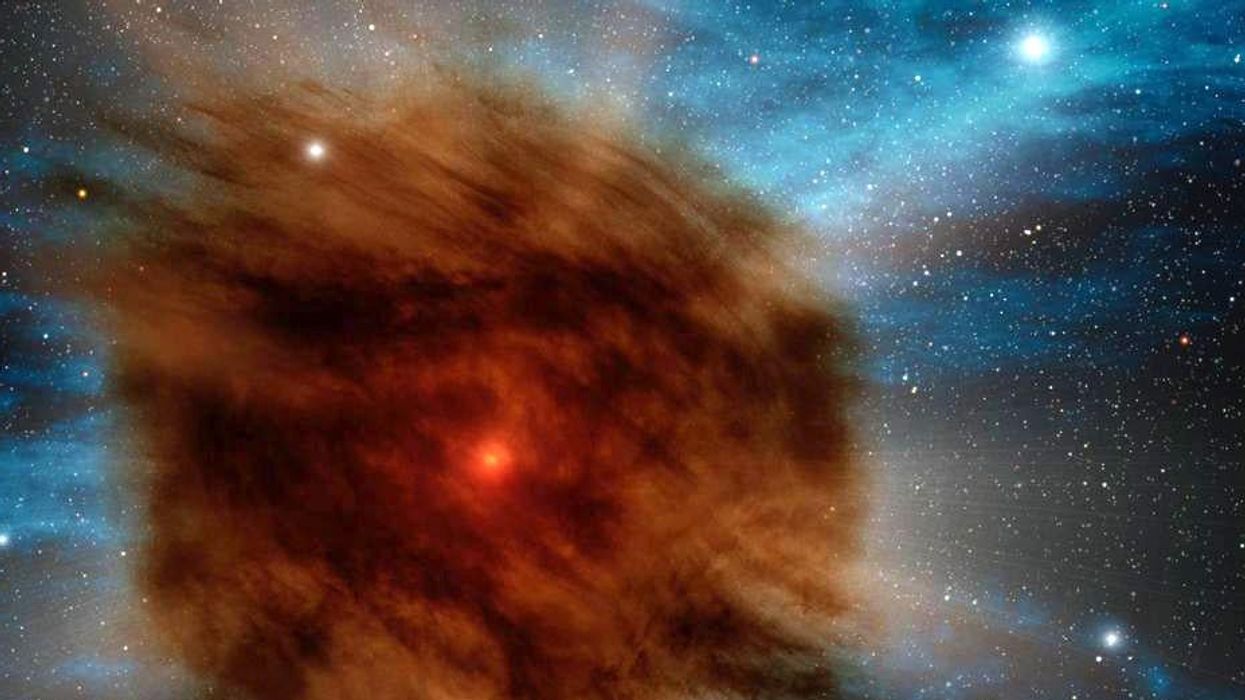
Eventually, all stars – including our own sun – will burn up and explode.
Don’t worry though, scientists predict that it's not going to happen to us for about five billion years. Plus they also don’t think the sun is big enough to become an actual supernova.
But a few lucky scientists did get a startling look at an actual supernova this week. Researched published in Nature Physics imaged one just three hours after it detonated.
Study author Ofer Yaron, an astrophysicist from the Weizmann Institute of Science in Israel, told Motherboard:
Those are the earliest spectra ever taken of a supernova explosion. It's from those early spectra that we managed to learn so much about the distribution of the material that we found to exist around this exploding supernova.
Yaron explained that there is a limited window to observe the event – within a few days, material fired out from the supernova travelling at 10,000 km per second in the nearby region, and destroys the evidence of the collapse.
This is an incredible step forward, allowing scientists to study something they have never observed before.
The supernova in question has the snappy title of SN 2013fs, and was spotted in October 2013 at the California Institute of Technology. It is a type II supernova, meaning it was likely ten times larger than our sun.
It’s about 160 million light years from the Milky Way, in the galaxy NGC 7610.
And while we say that the astrophysicists were observing it just hours after the event, that’s not strictly true. It actually happened over 100 million years ago – they were just observing the light finally reaching early this century.
We hope we eventually get to see their findings.
Makes you feel small and insignificant, doesn't it?
HT: Motherboard













